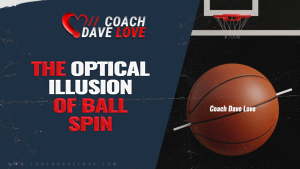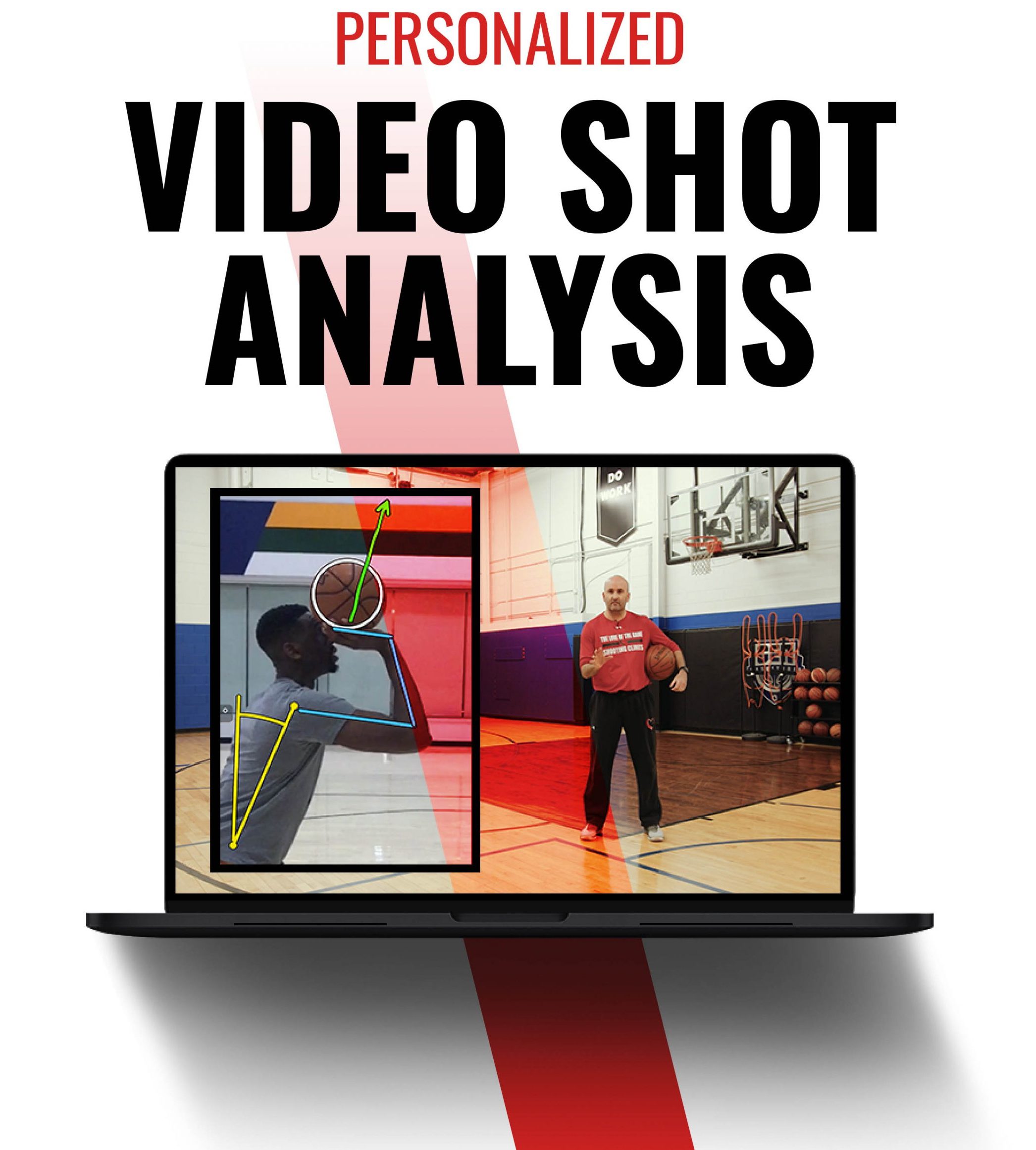Basketball shooting has evolved significantly in recent years, with new technologies and devices providing coaches and players with metrics that were once difficult to measure. Among these metrics, entry angle has gained attention as a key indicator of shooting success. Devices that track the entry angle of each shot provide a way to visualize how steep or shallow the ball’s trajectory is as it approaches the rim. While this data offers a valuable starting point for understanding shot performance, it has limitations that must be acknowledged.
Entry Angle: A Misleading Focus?
The appeal of entry angle data is clear: a steeper entry angle is associated with a larger margin for error, as it allows the ball to “see” more of the rim. Studies have suggested that optimal entry angles range from 43 to 47 degrees for high-probability shots. However, this metric is often misunderstood. It’s easy to assume that a player has direct control over this variable and that aiming for a specific entry angle should be a coaching priority.
But here’s the catch: players do not control their entry angle directly. What they control is the launch angle—the angle at which the ball leaves their hand. The launch angle, along with the initial velocity and height of release, will determine the eventual entry angle. Therefore, providing a player with entry angle data without considering these other factors is like diagnosing an illness based solely on temperature. It tells part of the story but not the root cause.
What Really Impacts Entry Angle?
To better understand this, let’s look at the relationship between launch angle, release velocity, and shot distance by comparing two common shots: a free throw and an NBA 3-point shot. Below, I’ve calculated the required launch angles for each shot using a release height of 7 feet and a constant release velocity of 20 ft/s.
- Free Throw:
- Distance: 15 feet
- Release Height: 7 feet
- Launch Angle: 55.2 degrees
- NBA 3-Point Shot:
- Distance: 23.75 feet
- Release Height: 7 feet
- Launch Angle: 64.1 degrees
What About Players of Different Heights?
Next, we compare the same shots with a taller player’s release height (8.5 feet instead of 7 feet):
Free Throw (7-foot Player):
- Distance: 15 feet
- Release Height: 8.5 feet
- Launch Angle: 52.6 degrees
NBA 3-Point Shot (7-foot Player):
- Distance: 23.75 feet
- Release Height: 8.5 feet
- Launch Angle: 63.1 degrees
As expected, taller players need a lower launch angle to achieve the same entry angle. If we look only at entry angles without considering the player’s height, we miss a critical piece of the puzzle.
The Flexibility in Launch Angles and Velocities
While these exact values help illustrate the impact of height and distance, they only scratch the surface. Using a wider range of velocities (e.g., 15 to 25 ft/s), I calculated the combinations of launch angles and velocities that would result in successful shots for both free throws and 3-point attempts for 6-foot and 7-foot players. Here’s what the data reveals:
- For a 6-foot player shooting a free throw, launch angles between 47-55 degrees paired with release velocities between 15-25 ft/s resulted in successful shots.
- For a 7-foot player shooting a free throw, a lower range of 46-53 degrees at the same velocities still resulted in swishes.
- For a 6-foot player shooting an NBA 3-pointer, launch angles narrowed to 63-65 degrees for a successful shot, indicating less flexibility.
- For a 7-foot player shooting an NBA 3-pointer, the range was 62-64 degrees.
These results underscore that multiple combinations of launch angles and velocities can produce successful shots, and a single entry angle value might hide the real story behind a shooter’s performance.
Why More Data is Better for Coaching Feedback
Imagine a scenario where a player consistently misses short, and the only data available is the entry angle of the shot, which is consistently around 41 degrees. A typical coaching response might be: “Get more arc!” However, if we also had access to launch angle and velocity data, we might discover that the launch angle is within a solid range (e.g., 51 degrees) and the player’s velocity is the culprit (e.g., 17 ft/s instead of 20 ft/s).
Providing feedback to a player based on the entry angle alone is akin to telling a driver their car is drifting off course without checking if the steering alignment is off or if one of the tires is flat. More data points provide more context, enabling coaches to make informed decisions. For instance:
- If the launch angle is too low, suggesting an adjustment in shooting mechanics makes sense.
- If the velocity is too slow, the solution might be in refining the power generation, not the arc.
- If both launch angle and velocity are within range but the entry angle is low, it might be due to subtle variations in release timing.
Conclusion: Entry Angle as a Piece of the Puzzle
Entry angle is valuable, but it’s just one piece of a complex puzzle. While it can signal a need for change, it doesn’t specify what that change should be. For effective shooting development, players and coaches should focus on the variables that are directly under the player’s control: launch angle and release velocity. By taking a more holistic approach—using launch angle, velocity, and even release height data together—coaches can diagnose shooting errors more accurately and provide feedback that leads to real improvement.
So the next time a player misses short, don’t just look at the entry angle and prescribe “more arc.” Instead, ask: What launch angle are they using? What’s their release speed? Because in basketball, as in life, it’s not just about where you end up—it’s about how you got there.




